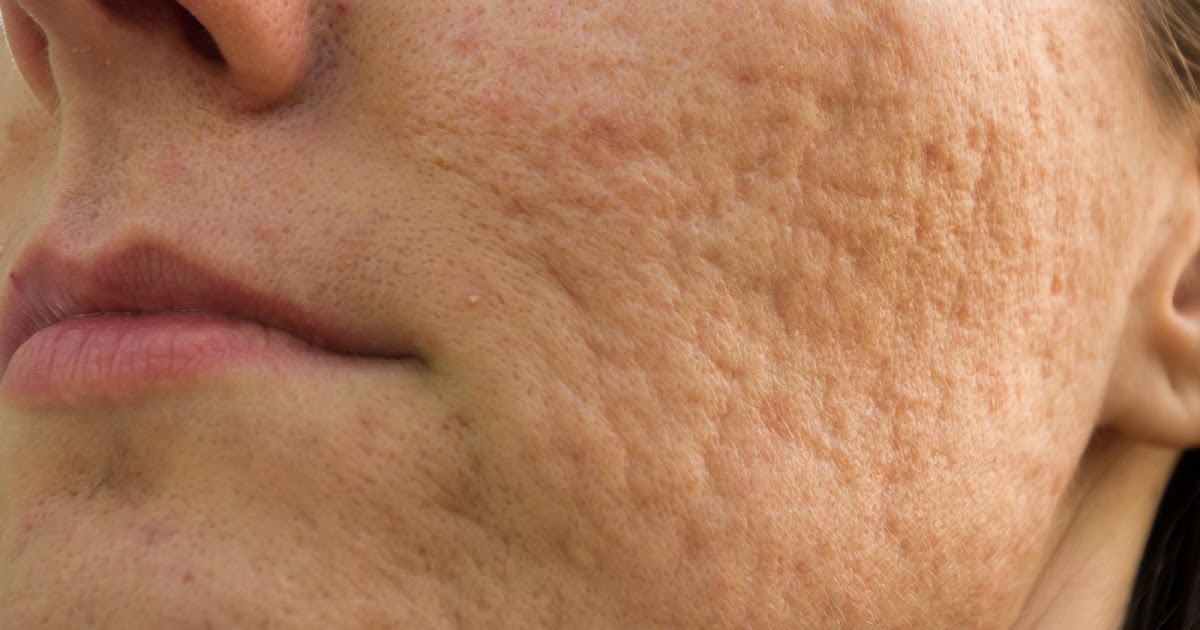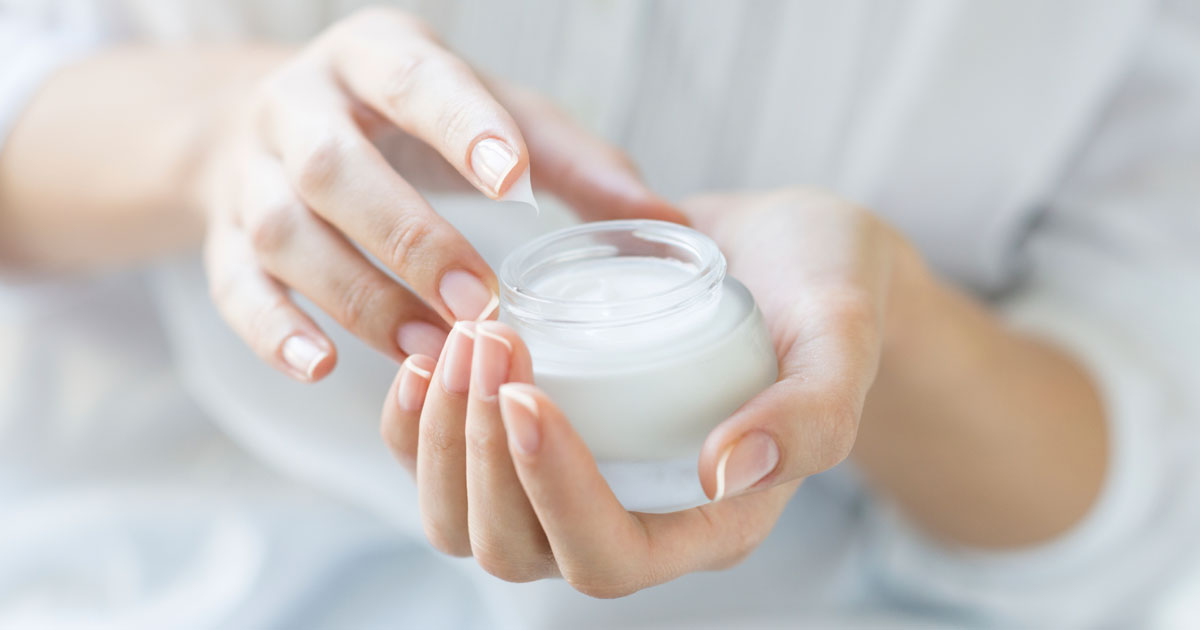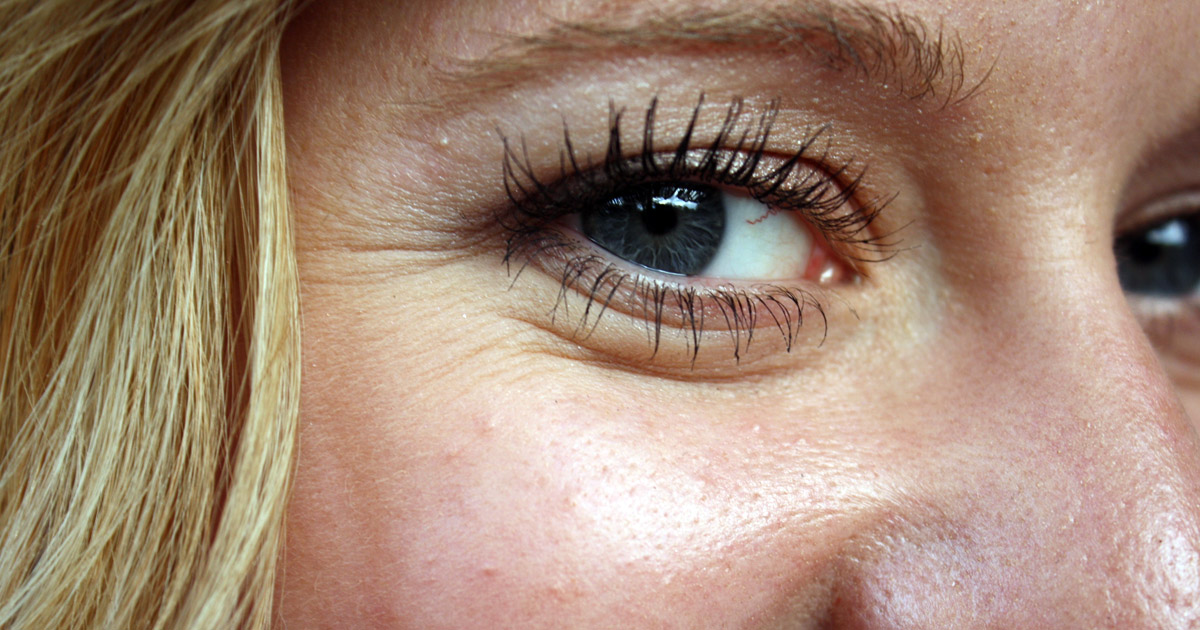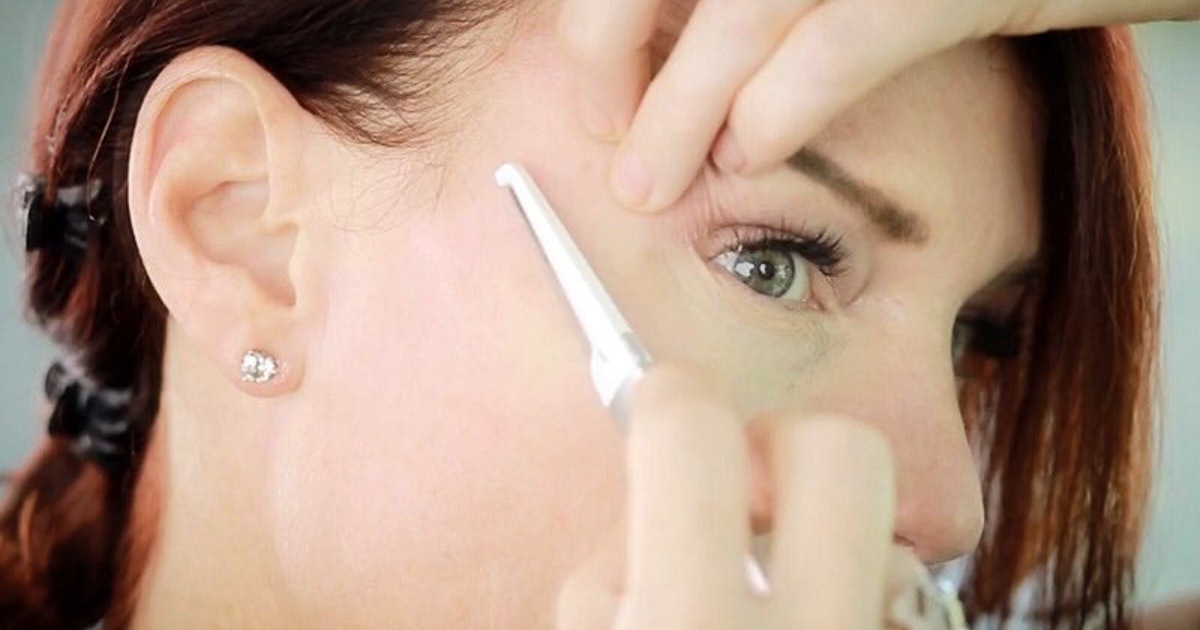Health Benefits And Risks Of Dermaplaning
Dermaplaning is a form of facial exfoliation that involves using a surgical grade scalpel to scrape and remove dead cells and hair from the top layer of skin. The procedure is non-invasive and quick, lasting less than thirty minutes in a dermatologist or estheticians office. The procedure can also be performed at home with specialized equipment. For best results, the procedure is repeated on a monthly basis. Dermaplaning has gained popularity in recent years as an effective treatment for a variety of facial skin issues, but its best to understand the procedure before applying it as part of a skin regimen.
Lightens Acne Scars

Dermaplaning has become a go-to treatment for individuals who have had acne as studies indicate it lightens acne scars. While it is not recommended for those individuals who experience frequent breakouts or for those in the midst of an active breakout, the procedure not only reduces hyperpigmentation but it also evens out skin tone and texture, making scars both lighter and smoother in appearance. One of the greatest benefits of dermaplaning is, unlike microdermabrasion (another popular treatment for acne scars), it is gentle on the skin, making dermaplaning a perfect scar treatment option for individuals with sensitive skin.
Helps Skin Product Penetration

By removing the dead skin cells on the surface of the skin, dermaplaning also helps skin product penetration. Dead skin cells can block or limit the skin's ability to absorb moisture and skincare products. The gentle exfoliation of these cells increases the skin's absorption potential, which is beneficial when using skincare products designed to remedy specific skin ailments. Product penetration is also boosted by the procedure's removal of facial hair, including the very fine hair that can inhibit skincare product absorption such as moisturizers, acne medication, and toner. Dermaplaning also aids in providing a smoother surface for makeup application.
Reduces Appearance Of Fine Lines

Dermaplaning also reduces the appearance of fine lines. The procedure leaves the skin looking more radiant and feeling softer and after repeated procedures, the appearance of fine lines is significantly reduced. As the blade scrapes across the skin, it promotes an increase in blood flow to the face as well as increases the production of collagen. The increase in oxygen aids in the skin exhibiting a healthy glow, while the increase in collagen fills in lines and dimples making the skin appear smoother. The procedure also promotes cellular reproduction, which helps the skin on the face tighten over time.
Results Are Not As Long-Lasting

One of the pitfalls of dermaplaning is that the results aren't as long-lasting. Unlike waxing and epilation, which remove hair from the root, dermaplaning is similar to shaving as it removes hair only from the skin's surface. As the hair begins to grow back, product absorption becomes inhibited, and the skin appears less smooth and even toned. Dermaplaning results can last up to four weeks, but if the procedure is not repeated, previous positive results will dissipate quickly. For continued positive effects, it is recommended for individuals to have the procedure performed at least once per month.
Skin Needs Extra Sun Protection Afterward

When the dermaplaning procedure is performed the skin needs extra sun protection afterward. The removal of the dead skin cells and the scraping during the procedure can lead the skin to be irritated and highly sensitive to the sun. Individuals who have this procedure done are encouraged to avoid exposing the skin to direct sunlight after the procedure. This recommendation extends to the avoidance of tanning beds and other instruments, which may cause the skin to be exposed to strong UV lights. It is also recommended for individuals who have dermaplaning to apply a sunscreen of at least SPF 30 to their skin on a daily basis for at least two weeks following the procedure.
